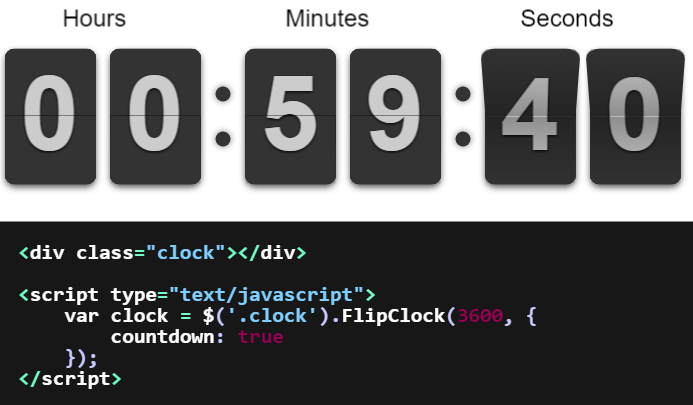

Since setInterval is not reliable in inactive windows/tabs we are using date diff. And you'd probably want to add some kind of get/set function if you wanted to get the count or change the repeat value. Comes in handy.Įdit: Note, this doesn't do any input checking (like if delay and repeat are the correct type. Self-corrects the setTimeout, can run it X number of times (-1 for infinite), can start running instantaneously, and has a counter if you ever need to see how many times the func() has been run.

* Self-adjusting interval to account for drifting I've wrapped it up into a constructor function so we can do 'objecty' things with it. I'ma just build on Bergi's answer (specifically the second part) a little bit because I really liked the way it was done, but I want the option to stop the timer once it starts (like clearInterval() almost). SetTimeout(step, Math.max(0, interval - dt)) // take into account drift possibly special handling to avoid futile "catch up" run Var dt = Date.now() - expected // the drift (positive for overshooting) Here the exact delay for each of the repeated timeouts is adapted to the actually elapsed time, compared to the expected intervals: var interval = 1000 // ms Those are known as self-adjusting timers.

This requires a bit more advanced strategy (and code), though it pays out well (and registers less timeouts). However, sometimes you really need a steady interval executing your callbacks without drifting.
COUNTDOWN TIMER JAVASCRIPT CODEPEN UPDATE
So it would be advisable to update more often, like about every 100ms, to avoid such jumps. Just put a URL to it here and well apply it, in the order you have them, before the CSS in the Pen itself. When the interval lags a bit and executes your callback after 990, 1993, 2996, 3999, 5002 milliseconds, you will see the second count 0, 1, 2, 3, 5 (!). You can apply CSS to your Pen from any stylesheet on the web. Now, that has the problem of possibly jumping values. alternatively just show wall clock time: Output(Math.floor(delta / 1000)) // in seconds Var delta = Date.now() - start // milliseconds elapsed since start Then base your logic on the current time value, instead of counting how often your callback has been executed.įor a simple timer or clock, keep track of the time difference explicitly: var start = Date.now() Use the Date object instead to get the (millisecond-)accurate, current time.
COUNTDOWN TIMER JAVASCRIPT CODEPEN CODE
They are allowed to lag arbitrarily, and they do not keep a constant pace but tend to drift (as you have observed). As we’re building a countdown timer we’ll need to specify an end date/time using the following format: const end new Date ( '12:00:00' ).getTime () Code language: JavaScript (javascript) To calculate the time remaining we’ll use setInterval to fetch the current time every 1000 milliseconds. They cannot be trusted, there are no accuracy guarantees for them. So in this we`ve gathered 40 CSS & Javascript Animated Countdown Timer Examples that you can use for inspiration.Because you are using setTimeout() or setInterval(). Alternate common countdown timer uses are upcoming holidays, events, conferences, etc. They are helpful as the visitors would know exactly how much more waiting time is left. Countdown timers have many uses on the web, the most common of which you will find on websites with products or services that haven`t launched yet with a countdown timer displaying the time until their product or service launches.


 0 kommentar(er)
0 kommentar(er)
